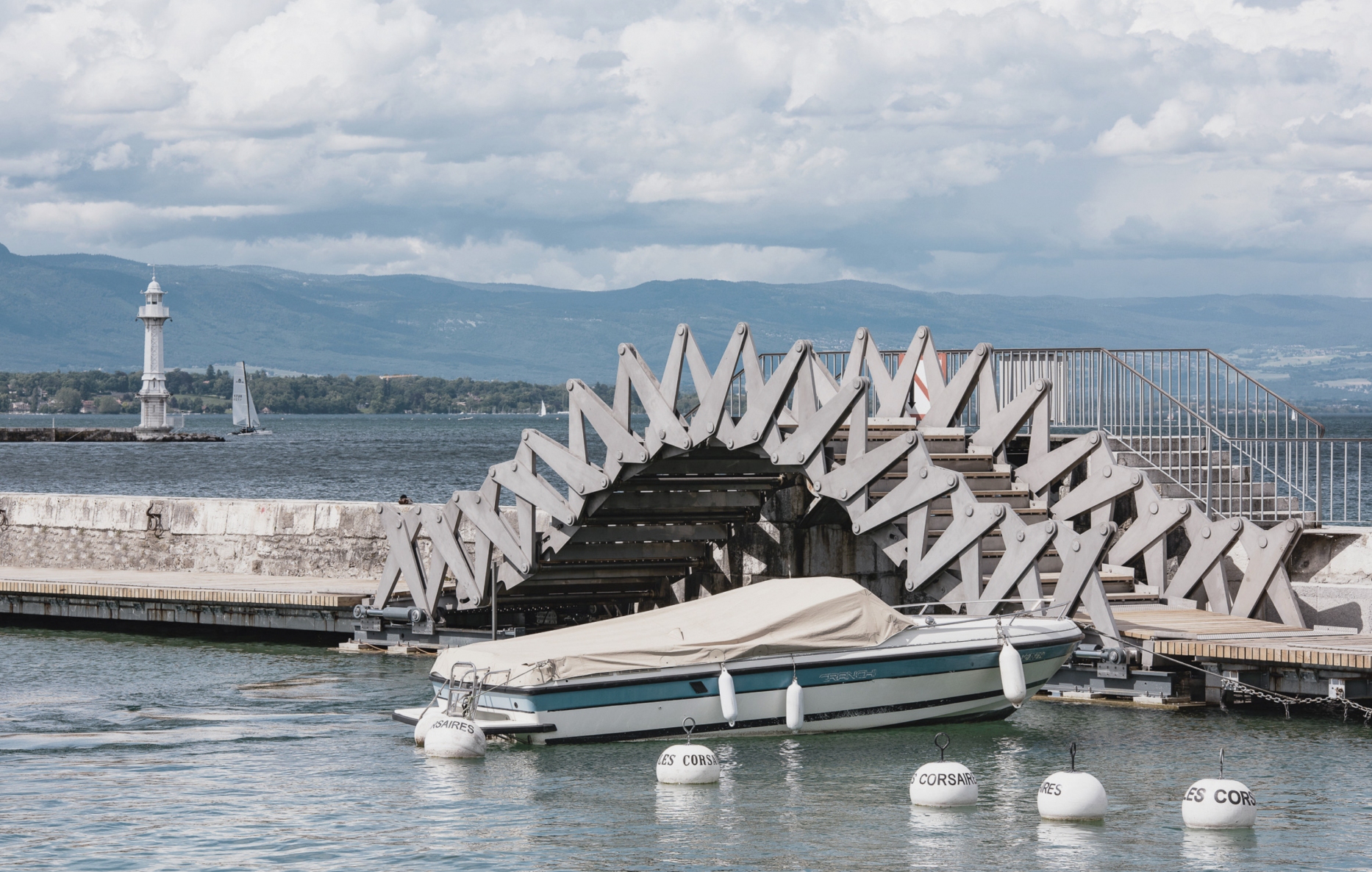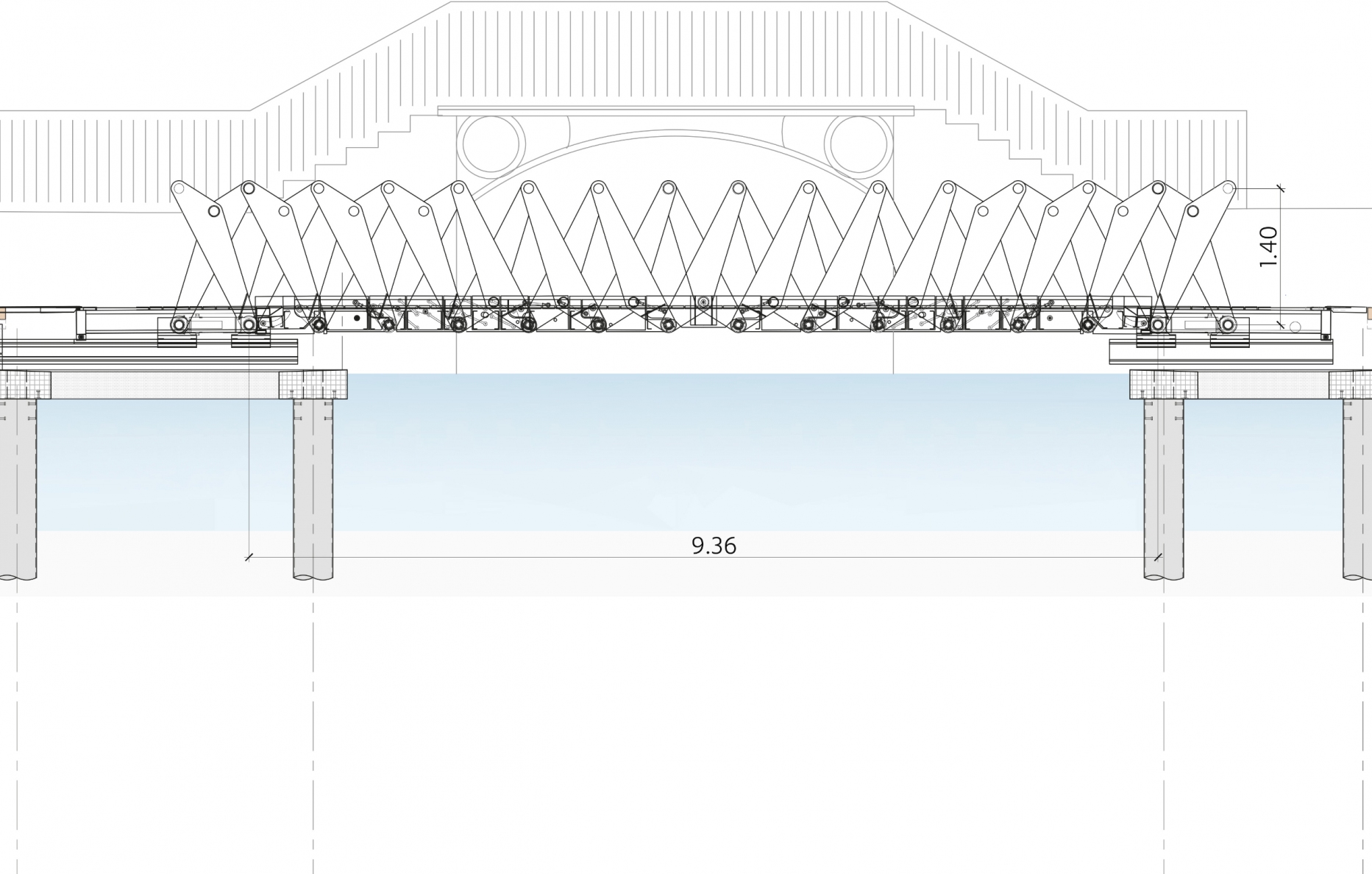MOBILITY FOR ALL
Mobility and adaptability for all
Mobility and adaptability are real issues in architectural projects.
This is the true differentiation between art and architecture. Architecture must adapt to everyone's needs.
Our long collaboration with the association Handicap Architecture Urbanisme (HAU) in Geneva, which celebrates 50 years this year, allows us to contribute, at our level, to improve the accessibility of people with reduced mobility both from the architectural project to that of urban developments. A constraint very little evoked a generation ago, and still to improve.
This collaboration has recently been reinforced by the integration of one of our young employees, who himself is confronted with the situation of reduced mobility, within HAU as an accessibility consultant.
This merger allows us to offer our clients and partners an expert service in the field of accessibility, regardless of disability.
Yannick Heywang, HES architect

SOME NUMBERS/
- 20% of the population is affected by a motor handicap, sight, hearing, mental or other.
- One person on five is considered a person with reduced mobility, not to mention parents with strollers or passengers with luggage.

THE JETEE DES EAUX-VIVES, AN EXAMPLE TO FOLLOW
Philippe Morel / Traces Magazine
A mobile bridge for reduced mobility


The constraints of the redevelopment project at the Eaux-Vives jetty in Geneva enabled Ingeni SA engineers to develop a new, innovative and elegant mobile bridge system, both in terms of form and operation.
The use of digital technologies has greatly facilitated the materialization of a concept that seduce by its apparent simplicity.
Visible far and wide, the Jet d'Eau de Genève is the symbol par excellence of the city of Calvin. It is located at the end of the pier Eaux-Vives.
Until now, a single arched metal bridge allowed the passage of boats, thus avoiding a long bypass. But it also prevented visitors with reduced mobility from approaching the jet of the water from the "jet d'eau".
In order to guarantee everyone access to the famous fountain, the association Handicap Architecture Urbanisme (HAU), financially supported by a private foundation, has initiated a redevelopment project for the pier offering an extended pedestrian walkway with no stairs.
The proposal of the MID architectural firm, in collaboration with the Ingeni SA engineering office, does not interfere with the historical work and reconciles the antagonistic flows of pedestrians and boats.
Constraints and creativity
This constraint required the study of a mobile bridge, exceeding the usual mechanisms of pivoting, translation, rotation or uplift, which allow the passage of a flow to the detriment of the other.
The reflections have resulted in a unique and innovative concept, ensuring the continuity of the esplanade both in its horizontal position and in that which allows the boats to pass: to let the boats pass, the flat pontoon rises, without any material interruption, in a gentle sinusoidal movement.
Continuity is ensured not only formally but also functionally: pedestrians can also borrow the work in its open position which allows the boats to pass.
The work thus deployed assumes a stylized arched form characteristic of bridges built on canals, as in Venice, for example.
From concept to realization
Once the concept was defined, there remained the question of how to build a flat bearing structure capable of transforming into a curved structure, without forgetting the development of a system that is simple, reliable and durable in use. The bridge consists of two sets of metal scissors positioned on either side of an apron also designed as a mechanism capable of following the movement of the bridge printed by pistons: an ingenious system of connecting rods and silt transforms the caissons apron in a succession of steps.
Workshop assembly
The structure, made entirely of stainless steel, was manufactured and assembled in the workshop. She was then transported in one piece on a template and placed on its final base.
Its official commissioning took place on June 25, 2016. The concept of the "Passerelle du Jet d’eau", unique in the world, led to the filing of an international patent.
